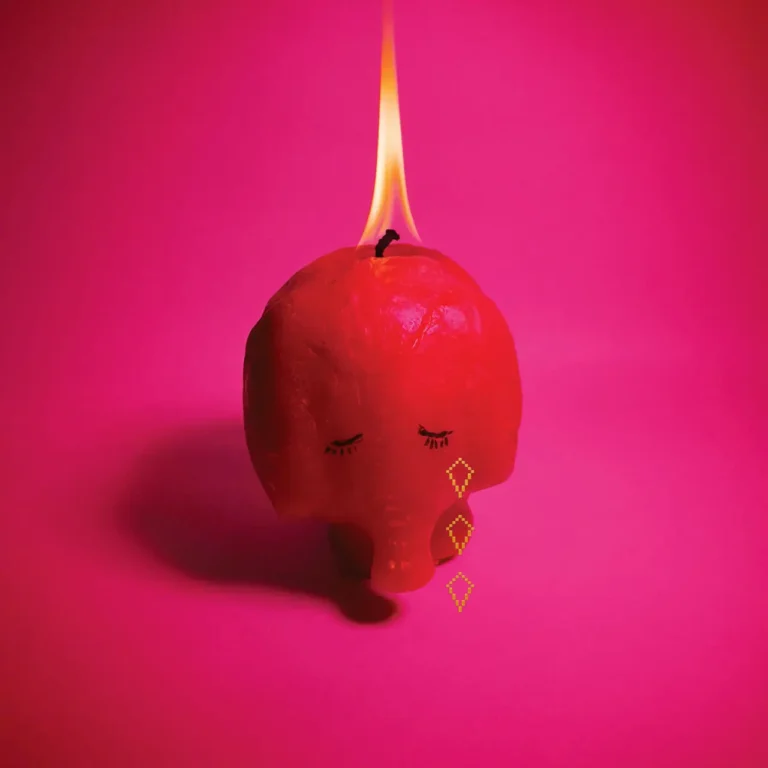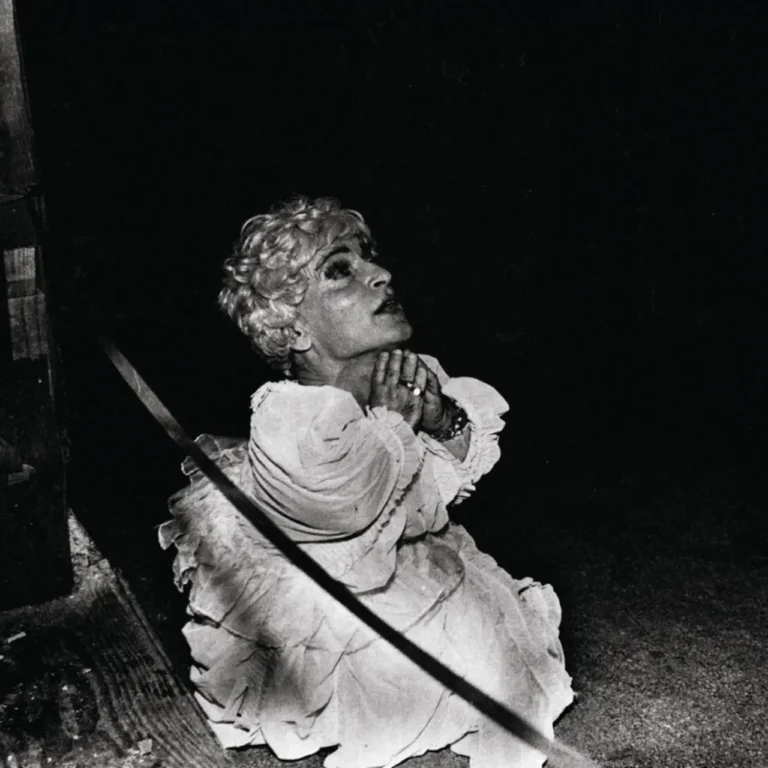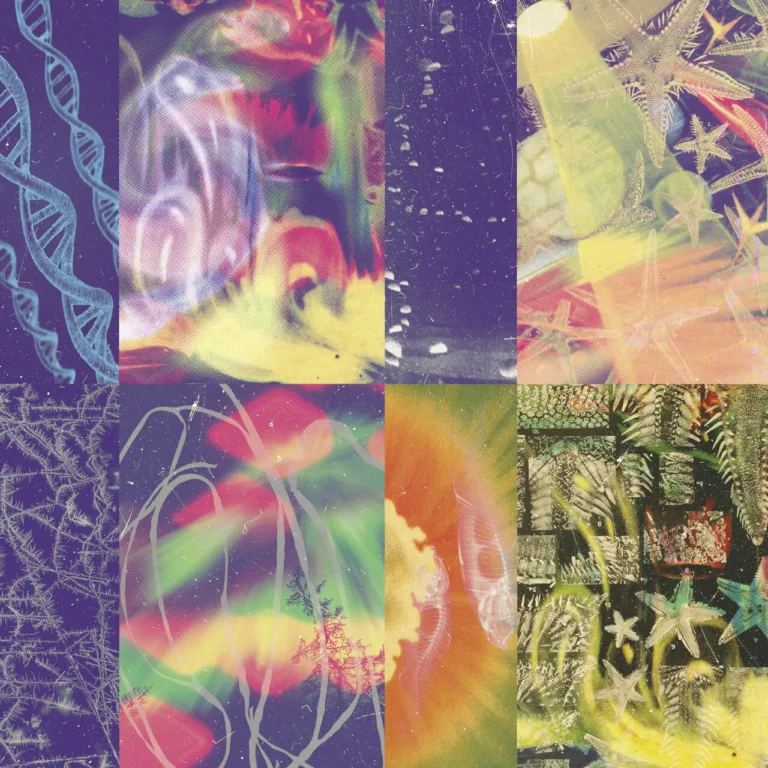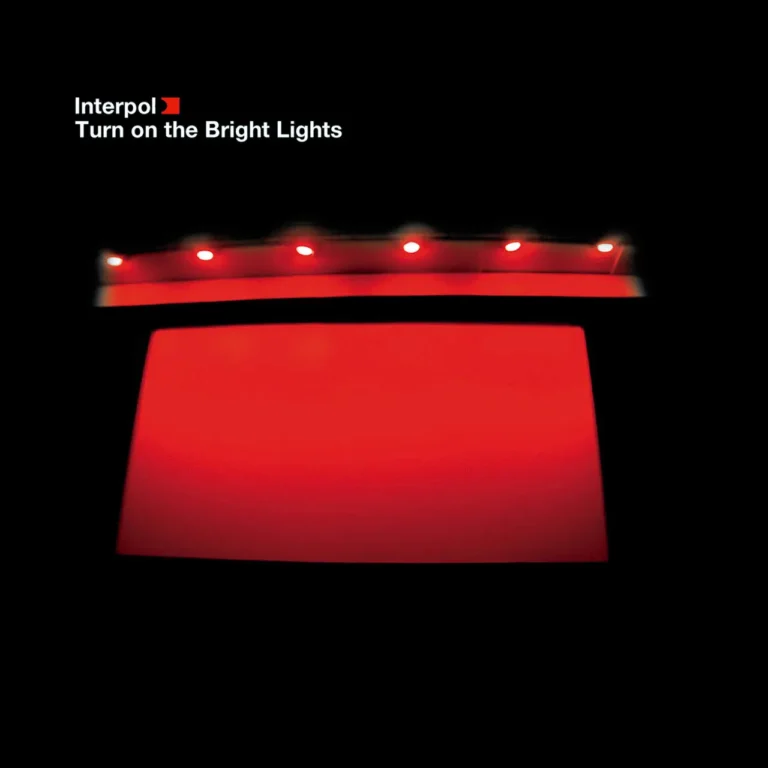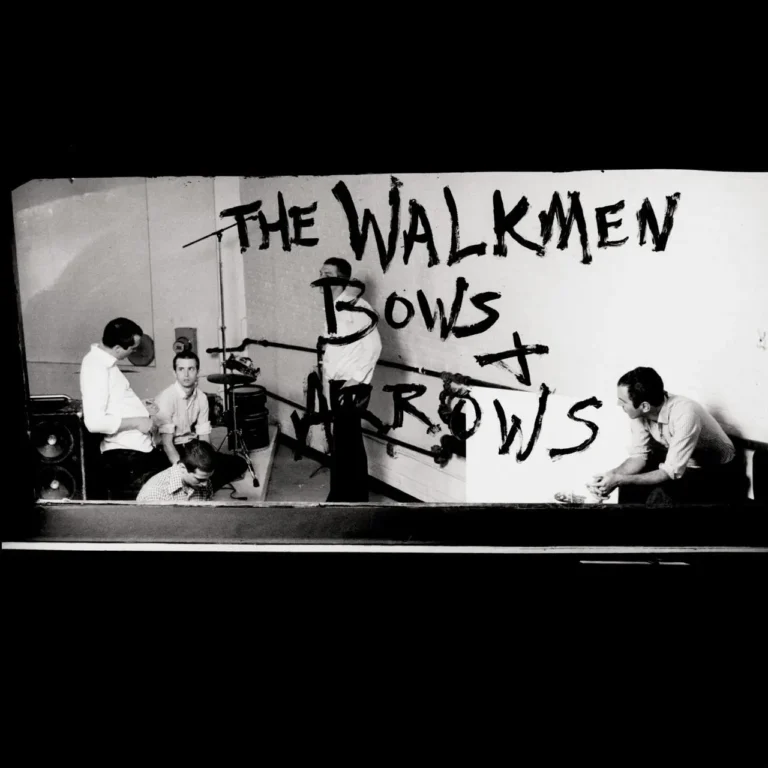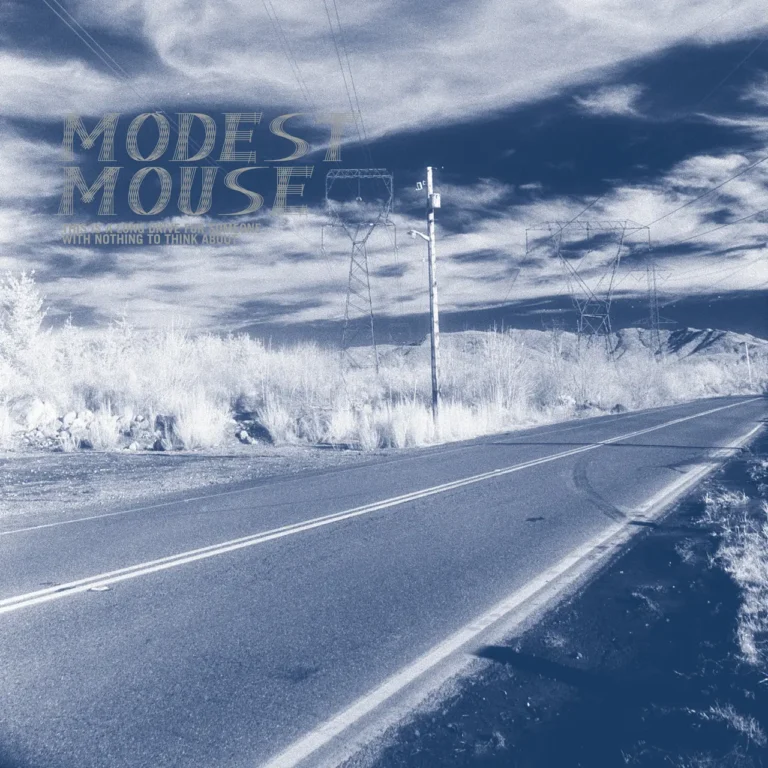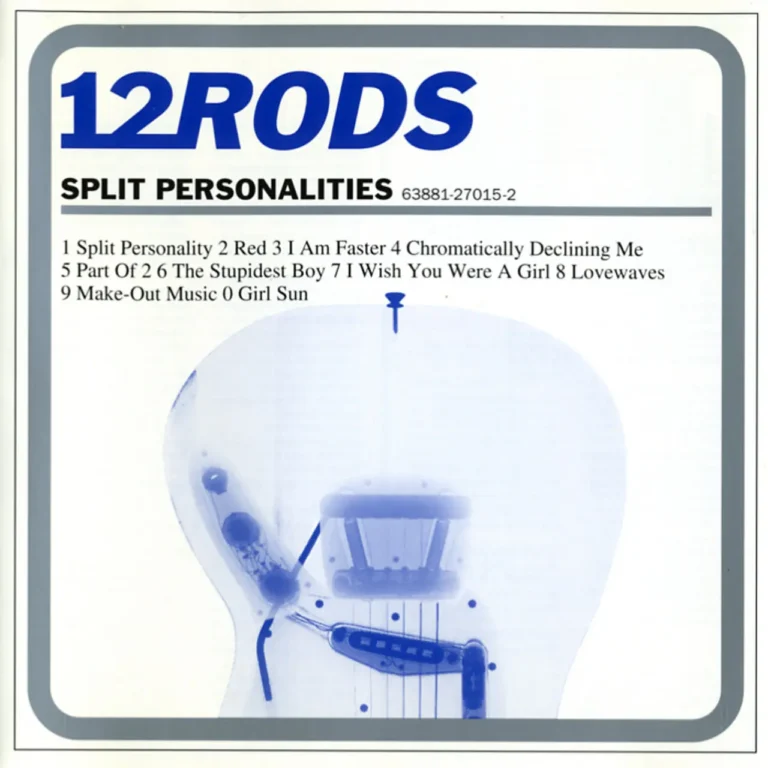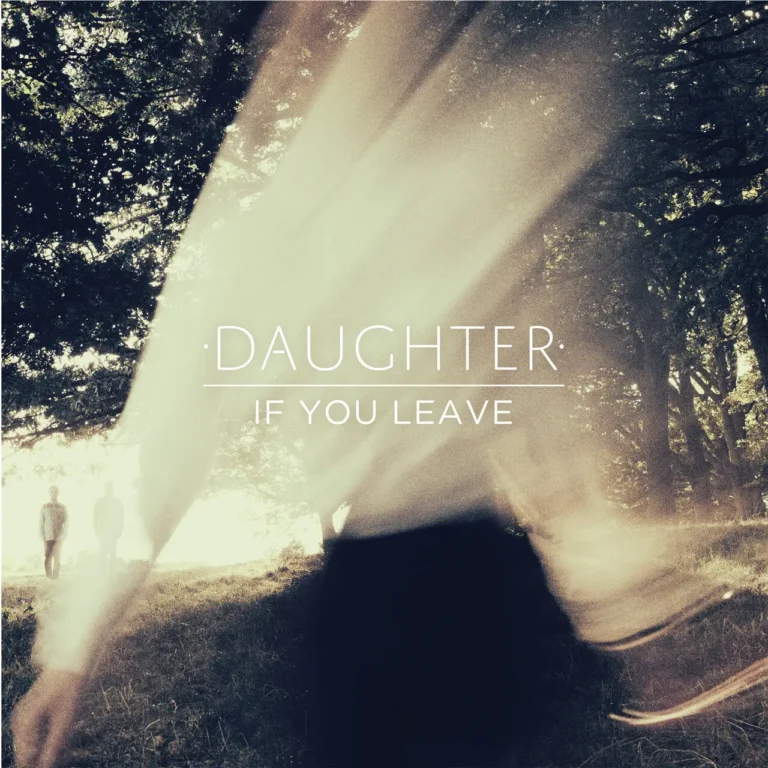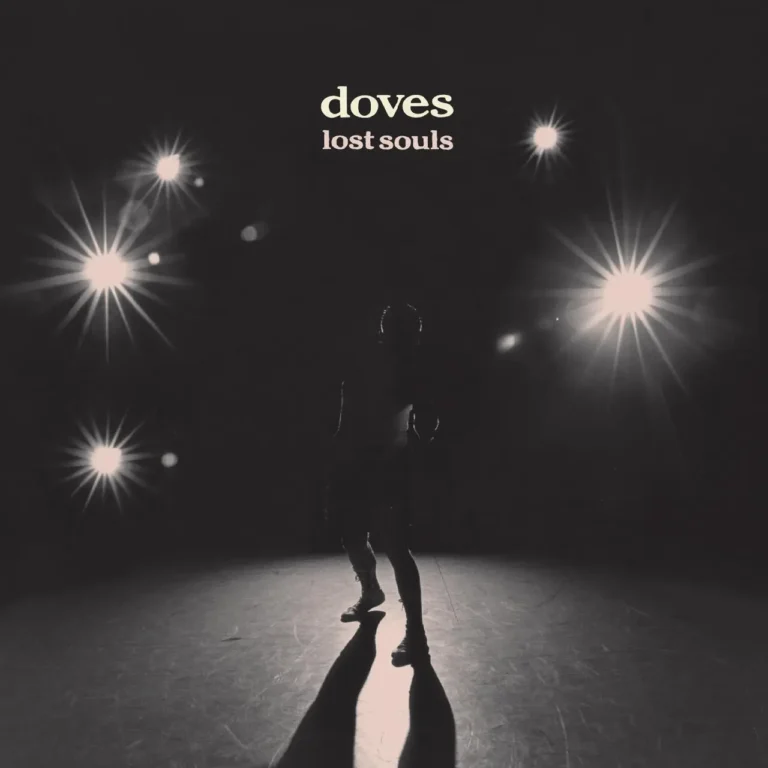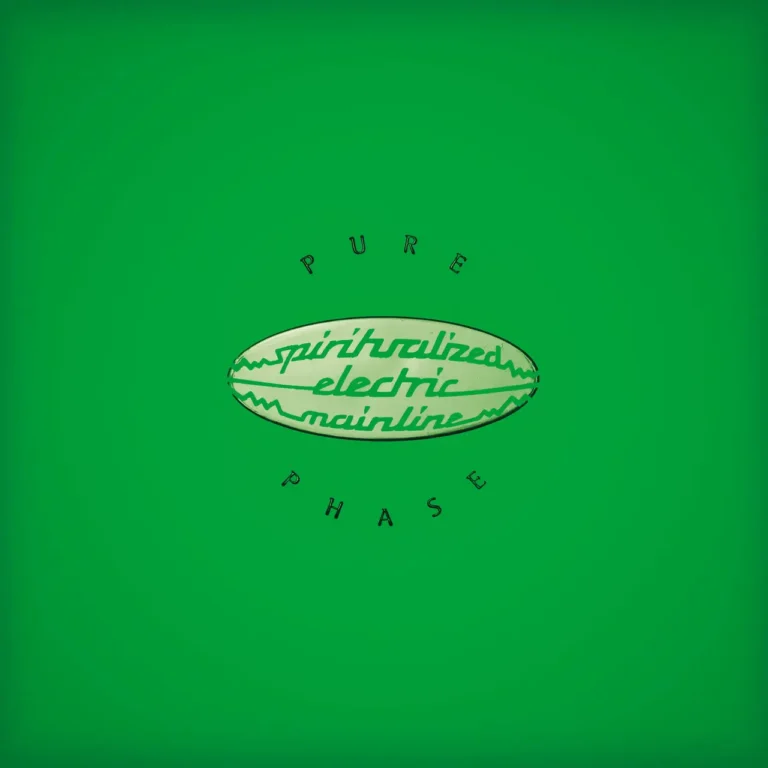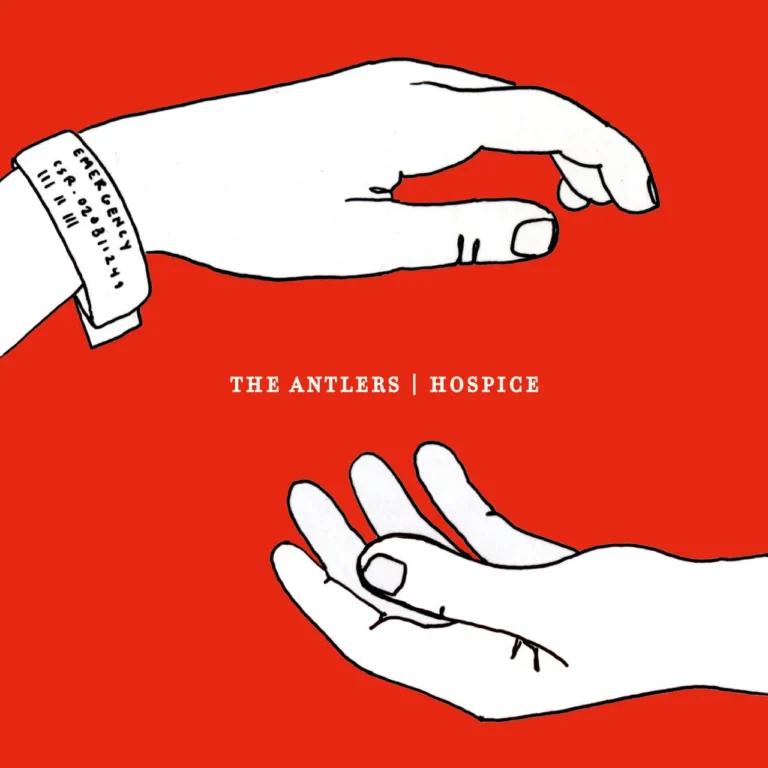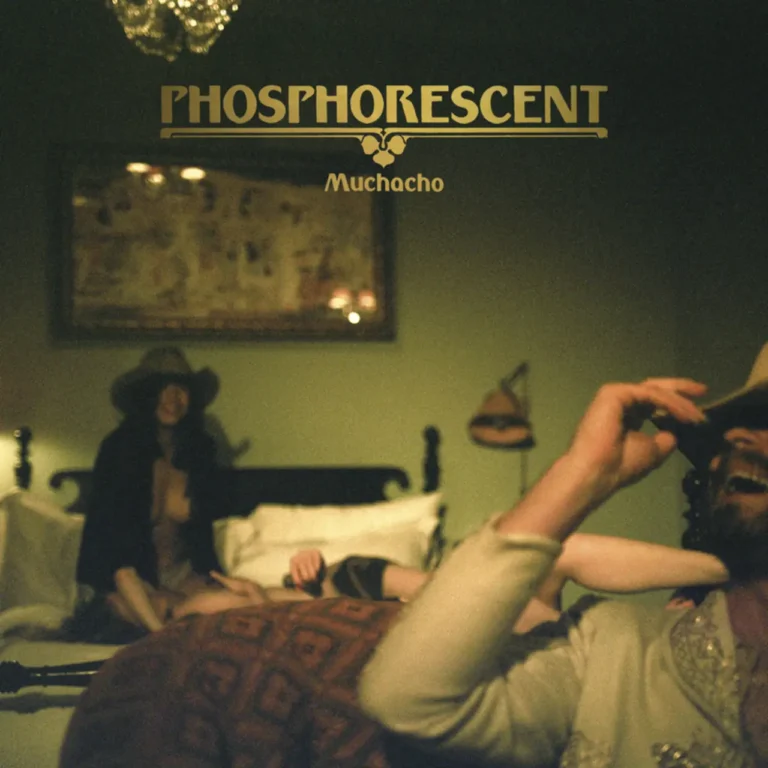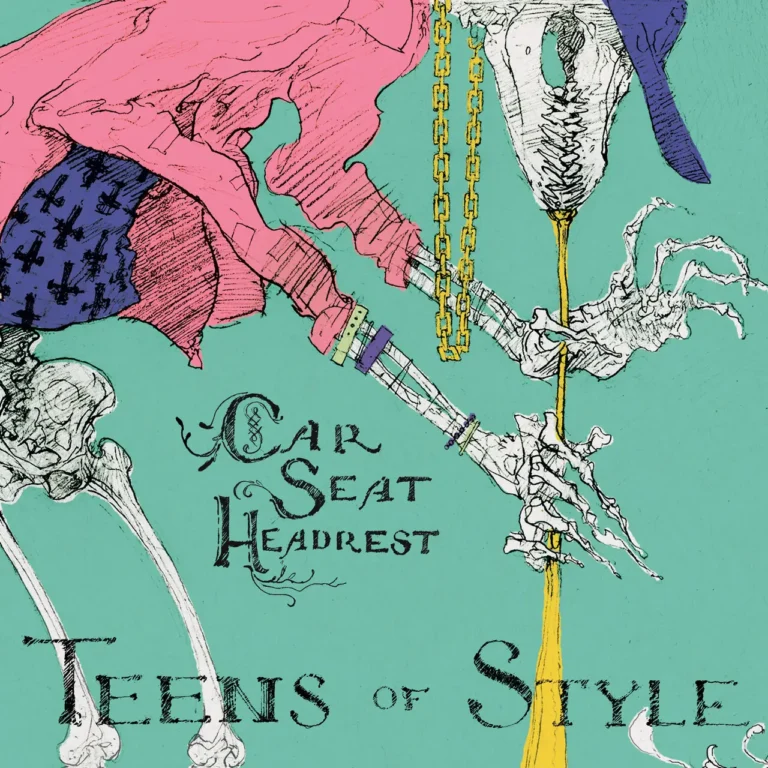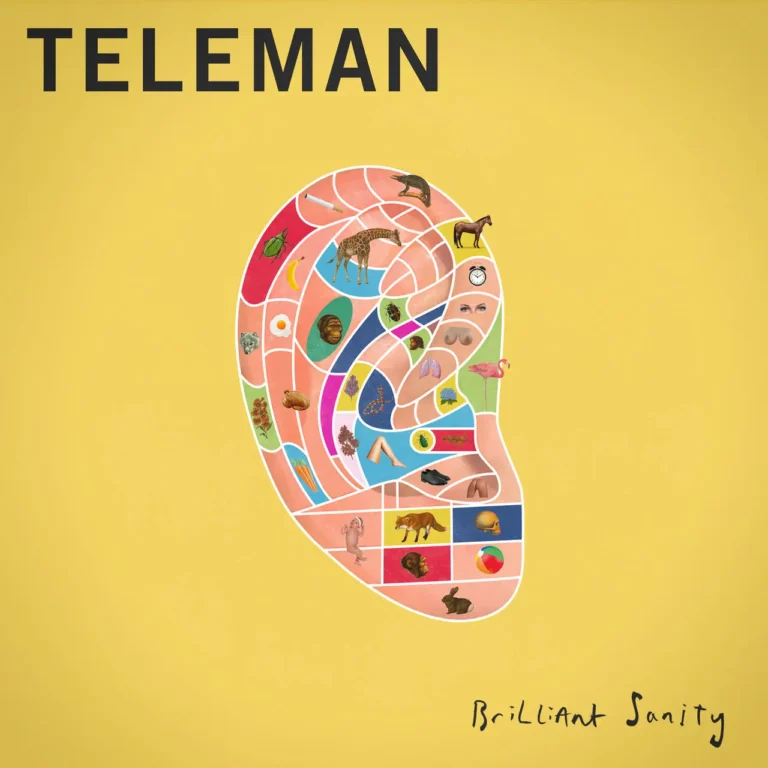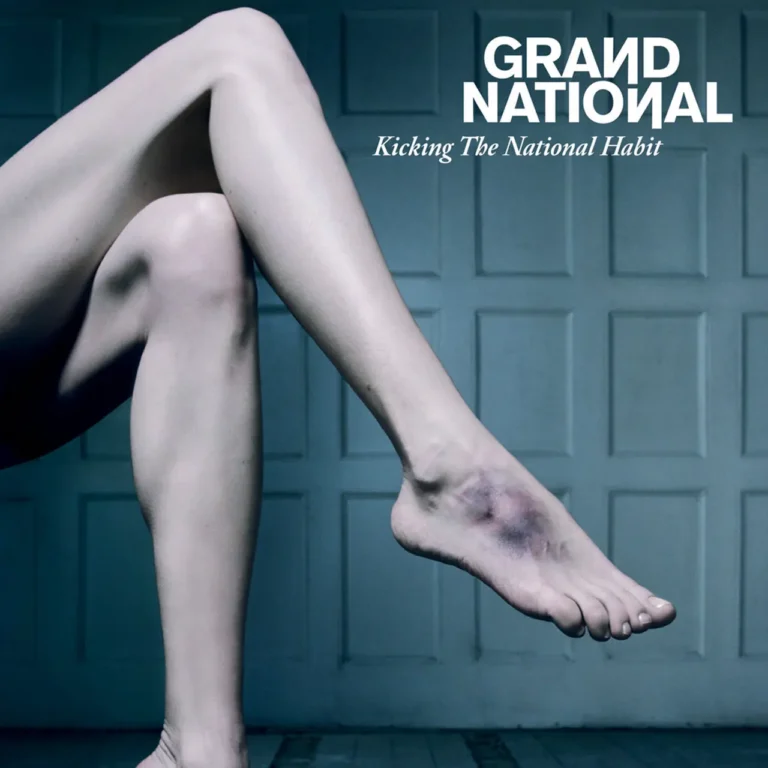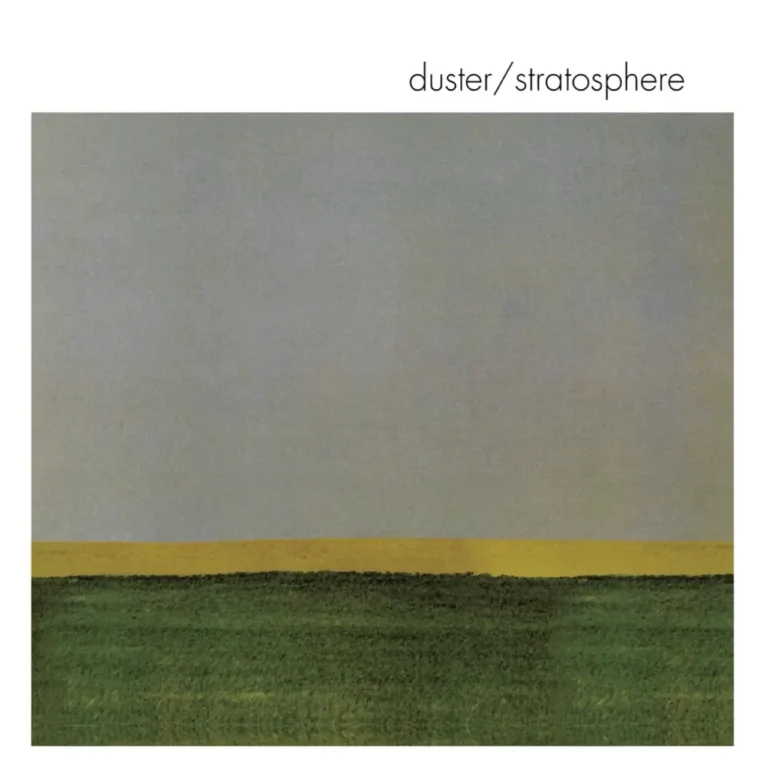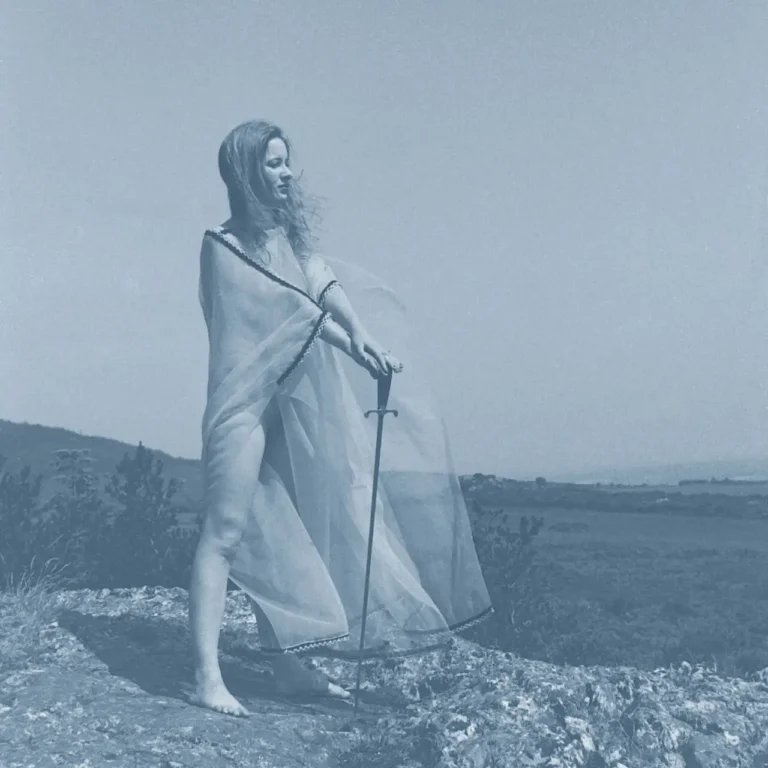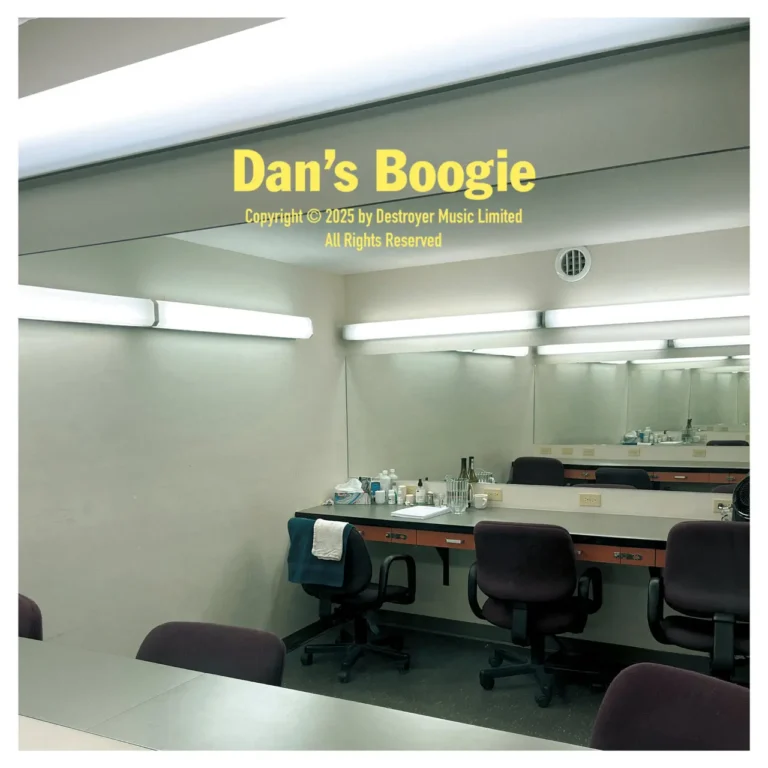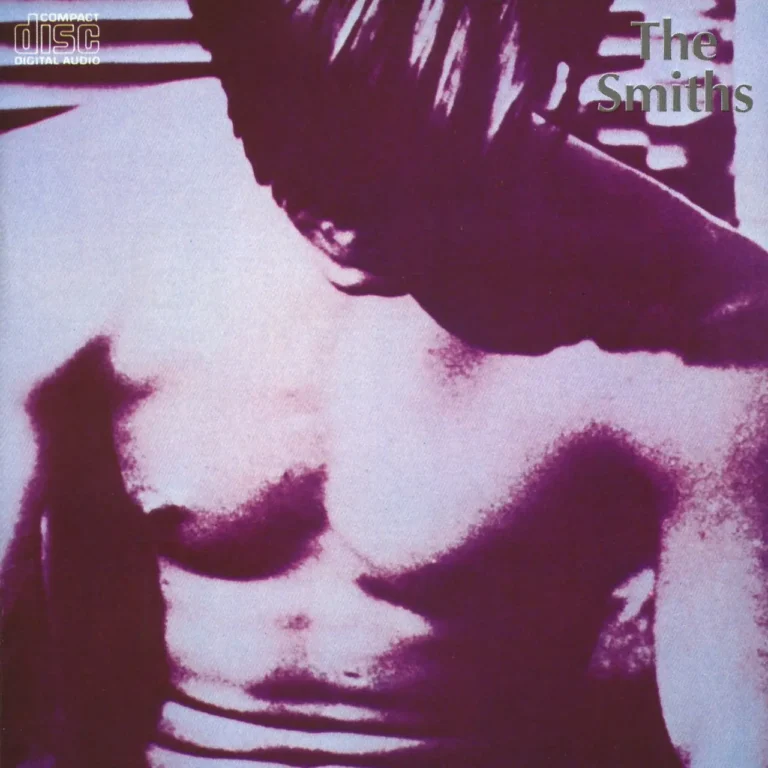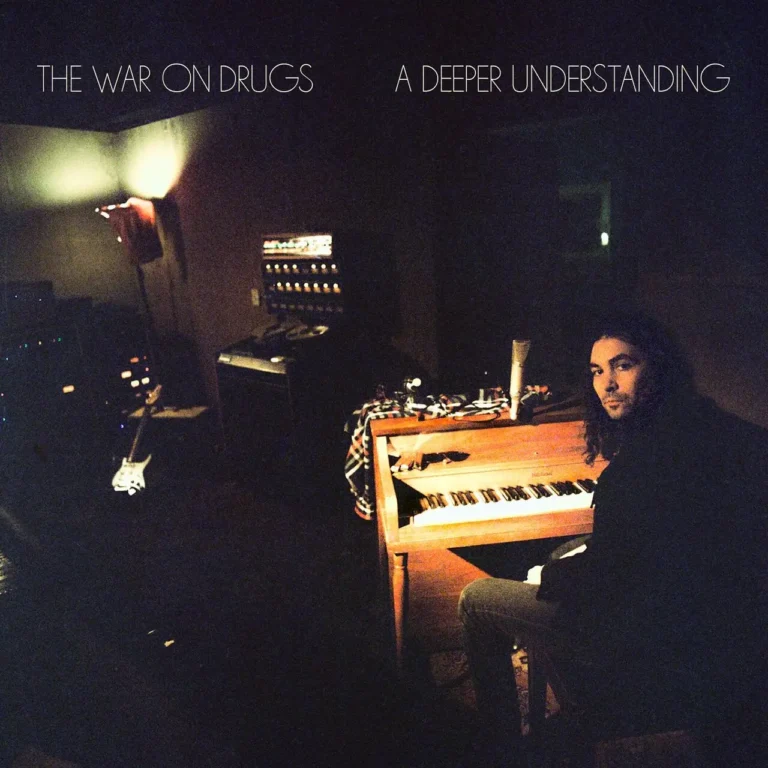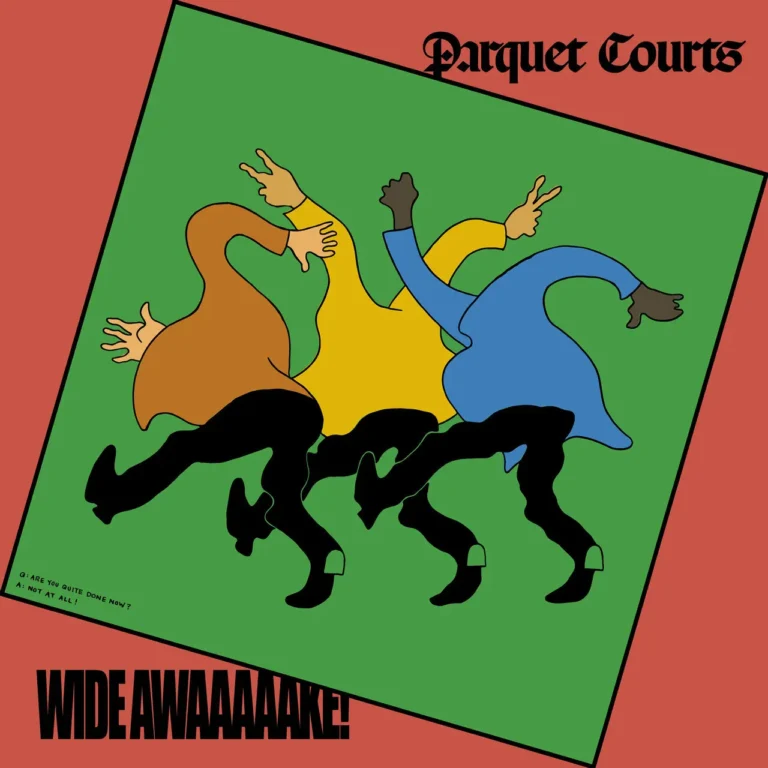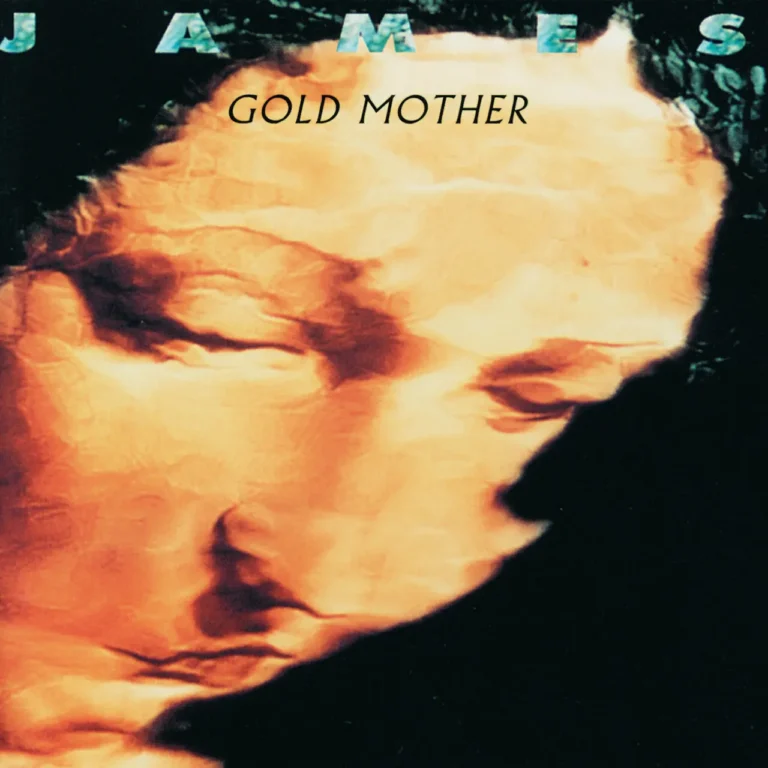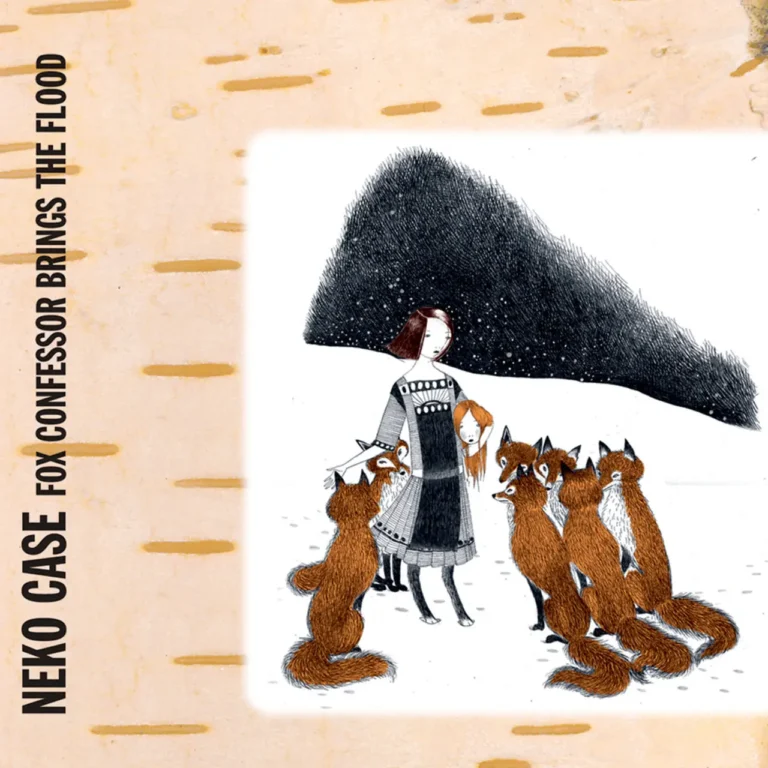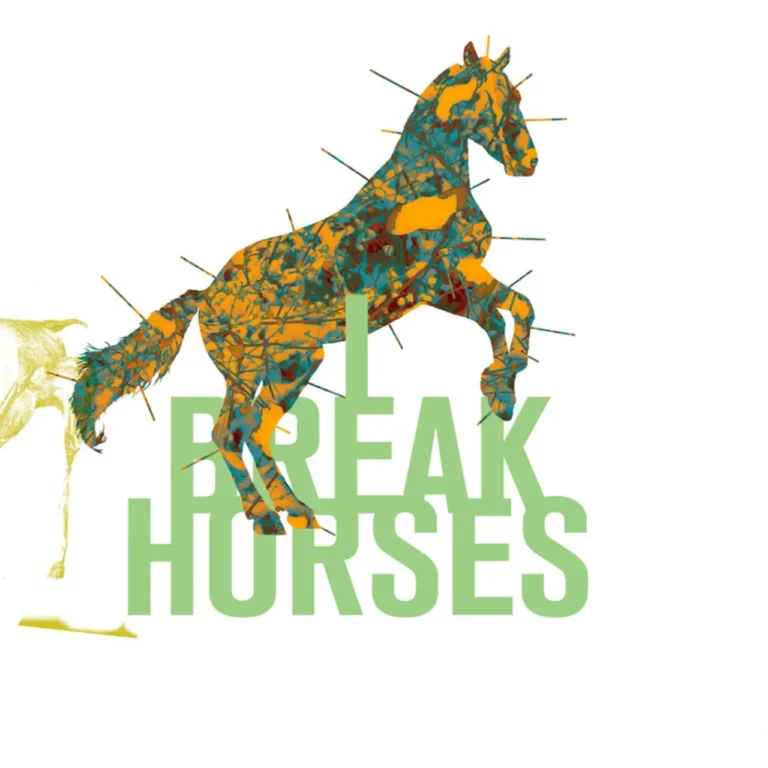Introduction to "Lydia Wears a Cross"
"Lydia Wears a Cross" is the lead single from Australian singer-songwriter Julia Jacklin’s 2022 album Pre Pleasure. The song is a vivid and personal recollection of Jacklin’s childhood experiences attending a Catholic school. It delicately balances innocence and questioning, nostalgia and doubt, weaving a narrative about religion, identity, and the complexity of belief through the lens of a young girl’s perspective.
Musical Style and Arrangement
- The song features a stark, yet melodic arrangement with prominent, driving drums and a swirling electric guitar, lending a dynamic, emotive energy to the track.
- Jacklin’s vocal delivery is clear and evocative, capturing both the vulnerability and determination of childhood memories while also conveying adult reflection.
- The production builds gradually, layering instruments to support the emotional arc of the lyrics, moving from a restrained verse to a soaring, cathartic chorus.
- A tender piano line subtly weaves through portions of the song, adding a layer of poignancy and softness amid the more urgent instrumentation.
- The overall sound blends indie rock and folk influences, giving the song an intimate yet anthemic feel that complements its thematic depth.
Lyrical Themes and Meaning
- "Lydia Wears a Cross" explores themes of religious upbringing, childhood innocence, and the challenges of personal faith.
- The lyrics depict scenes from Catholic school life, such as children sitting in rows and learning hymns—evoking both the structure and the mystique of religious education.
- Lydia, a character referenced by name, symbolizes steadfast faith and innocence, contrasting with Jacklin’s own uncertainty and questioning nature.
- The song touches on feelings of confusion and alienation towards religion, highlighting how beliefs and rituals can feel performative or inaccessible to a child.
- The chorus reveals the tension between wanting to believe and grappling with doubt: “I’d be a believer / If it was all just song and dance / I’d be a believer / If I thought we had a chance.”
- The lyrics reflect a bittersweet nostalgia, acknowledging the lasting impact of childhood experiences on adult identity without bitterness or blame.
Emotional and Artistic Impact
- "Lydia Wears a Cross" resonates through its emotional honesty and lyrical vividness, drawing listeners into a deeply personal narrative with universal resonance.
- The song’s combination of delicate introspection and powerful musical build creates a moving, immersive experience.
- Jacklin’s ability to evoke a scene and a complex mindset through precise yet poetic language lends the track profound artistic weight.
- The emotional ambivalence of the song—between reverence and skepticism, hope and resignation—reflects the complicated nature of spiritual and personal growth.
- It stands as one of Jacklin’s most compelling and relatable songs, connecting with listeners who have faced similar experiences of questioning or spiritual searching.
Artistic Context
- The song opens Jacklin’s album Pre Pleasure, setting the tone for a record that explores emotional vulnerability, discomfort, and self-examination.
- It builds on Jacklin’s established reputation for intimate, narrative-driven songwriting that draws on autobiographical elements and universal themes.
- The track aligns with broader cultural conversations about religion, identity, and the impact of childhood environments on adult perspectives.
- The music video and production reinforce the song’s themes by visually and sonically emphasizing loneliness, reflection, and youthful questioning.
- "Lydia Wears a Cross" consolidates Jacklin’s position as a significant voice in contemporary indie music, blending personal storytelling with evocative musical composition.
Conclusion
Julia Jacklin’s "Lydia Wears a Cross" is a beautifully crafted and emotionally rich song that captures the complexities of childhood faith and spiritual doubt. Its vivid lyrical imagery, dynamic arrangement, and heartfelt vocal delivery create a powerful exploration of identity, belief, and memory. The track serves as a poignant opening to Pre Pleasure, revealing Jacklin’s unique talent for turning personal experience into resonant art.






